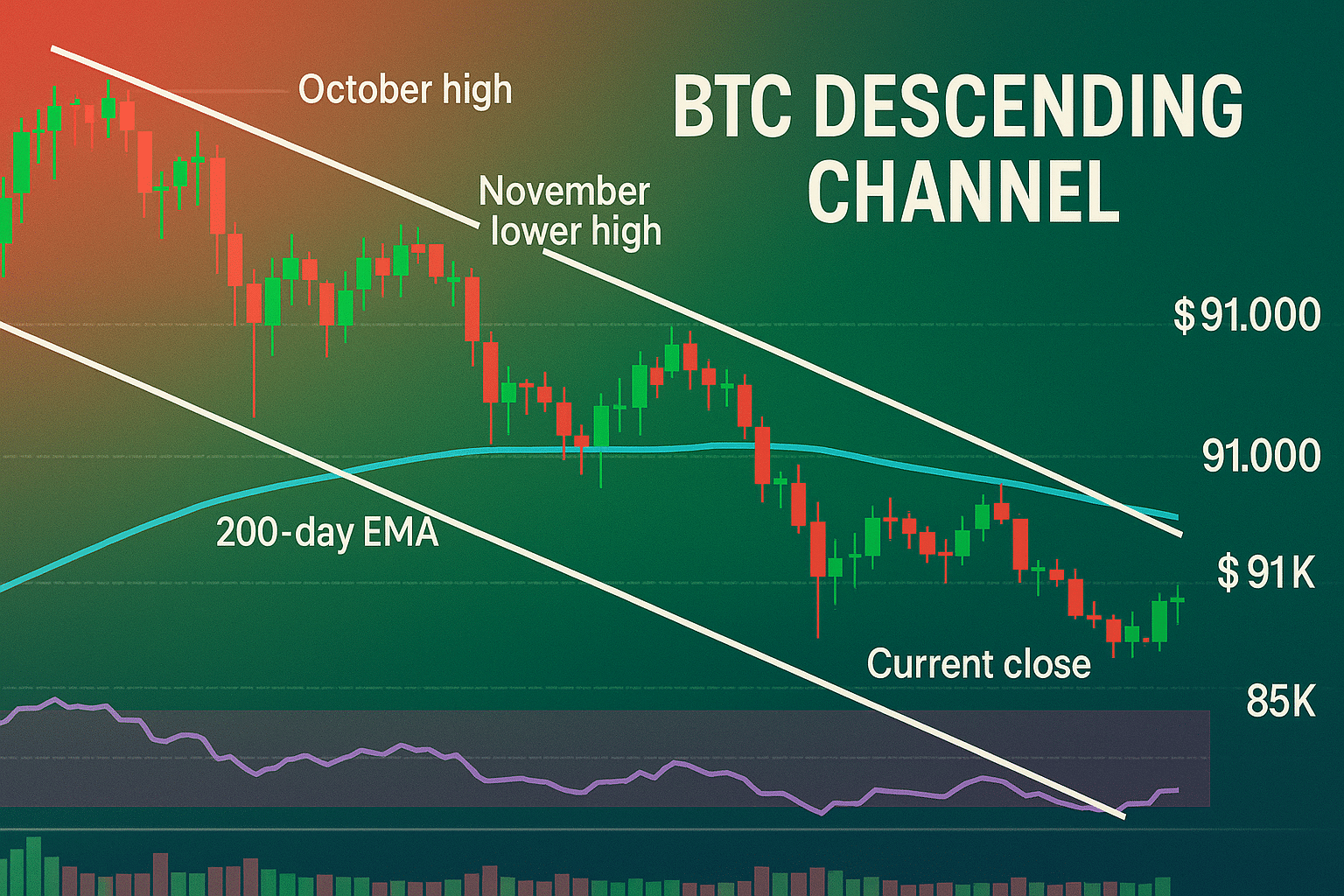How Long Does a Crypto Airdrop Take? Understanding Airdrop Waiting Times
Introduction
Crypto airdrops can be exciting, providing participants with free tokens from a new or existing project. But one common question from users is, “How long does airdrop take?” Waiting for an airdrop to arrive can be frustrating, especially when there’s no clear timeline provided. While some airdrops arrive within hours, others may take days or even weeks.
In this guide, we’ll break down the factors affecting crypto airdrop waiting times and help you understand why some airdrops take longer than others. If you’re wondering why is my airdrop taking so long, this article will offer valuable insights.
1. Factors That Affect Airdrop Duration
The time it takes for a crypto airdrop to be distributed depends on several factors. Understanding these can help you manage expectations and know what’s typical for your situation.
a. Airdrop Eligibility Verification
Some projects require eligibility checks to ensure that participants meet specific criteria, such as holding a particular token or completing certain tasks. This process can take time, especially if the verification is done manually or includes complex requirements.
b. High Participation Volume
Popular airdrops attract a large number of participants, leading to high processing times. If a project receives an overwhelming number of applications, it may delay distribution as they work through the queue. This is often the case with high-demand airdrops, where thousands of users participate, adding extra strain on project resources.
2. Blockchain Congestion and Network Delays
One major factor impacting how long does an airdrop take is blockchain congestion. When a blockchain network experiences heavy traffic, transaction times can slow down, affecting token transfers for airdrops. Networks like Ethereum are often prone to congestion, especially during periods of high activity. This can cause a delay in the distribution of tokens, leaving users wondering why is airdrop taking so long.
Why Blockchain Matters in Airdrop Wait Times?
Since most airdrops rely on blockchain networks for distribution, the network’s efficiency directly impacts the airdrop speed. Some projects choose faster blockchains, like Solana or Binance Smart Chain, to mitigate delays, but network issues can still arise.
3. Manual vs. Automated Airdrop Processes
Airdrops can be executed manually or through automated systems. Manual processes require team involvement, often resulting in slower distribution times, especially for large-scale airdrops. On the other hand, automated processes use smart contracts to facilitate the token transfer, making it quicker and more efficient.
Automated Airdrop Benefits
Automated airdrops reduce the need for human intervention, allowing projects to handle large volumes of participants faster. However, not every project has the infrastructure to support automation, which is why you may see varying waiting times among different airdrops.
For a guide on structuring an automated airdrop, see our blog on How to Do a Token Airdrop.

4. Multi-Phase Airdrops: Extended Waiting Periods
Some airdrops are conducted in phases, meaning tokens are distributed gradually. This approach is common with projects that use vesting schedules, where tokens are released over time instead of all at once. While this method is designed to manage token supply and maintain value, it can result in longer waiting times for participants.
Example of Multi-Phase Airdrops
The dYdX airdrop is a good example of a multi-phase airdrop, where tokens were released in increments over several months. For participants, this structure ensures they retain interest in the project, but it also requires patience as tokens trickle in rather than arriving all at once.
5. Geographic Restrictions and Compliance Checks
In some cases, participants may experience delays due to geographic restrictions and compliance checks. Projects targeting a global audience may face regulatory challenges in certain regions, which can slow down the airdrop distribution process. These checks ensure that the project complies with local laws, particularly in regulated markets like the United States.
If you’re facing delays due to compliance, it’s usually best to verify your region’s eligibility and confirm with the project’s team if there are any additional steps required.
6. Common Questions About Airdrop Waiting Times
Let’s answer some frequently asked questions to clarify the airdrop waiting process:
How long does an airdrop take in crypto?
In general, airdrops can take anywhere from a few hours to several weeks, depending on factors like blockchain congestion, manual or automated processes, and the project’s distribution structure.
Why does my airdrop take so long compared to others?
Not all airdrops are the same. Airdrops that involve eligibility verification, compliance checks, and multi-phase releases typically take longer than simple, automated airdrops. Understanding these variations can help you manage expectations.
Tips to Avoid Airdrop Delays
If you want to avoid waiting too long for your airdrop, consider the following tips:
- Choose Faster Blockchains: Look for projects that run on efficient blockchains like Solana or Binance Smart Chain, which are generally less congested than Ethereum.
- Verify Requirements Early: Complete eligibility requirements promptly and make sure your wallet is compatible with the airdrop.
- Stay Updated: Follow the project’s official channels to stay informed on airdrop timing and any potential delays.
Being proactive can sometimes reduce waiting times or at least keep you informed about what to expect.
Conclusion
While waiting for a crypto airdrop can be frustrating, understanding the factors that impact distribution times can help you manage your expectations. From blockchain congestion and compliance checks to the use of automated systems, various elements affect how long an airdrop takes. Keeping these in mind will help you navigate future airdrop campaigns more smoothly.
Whether it’s a quick, automated airdrop or a complex multi-phase campaign, patience is key in the world of crypto. If you’re curious about why your airdrop is taking so long, check with the project’s official channels for updates, and remember that some delays are normal.
Ready to join an airdrop? Stay informed, meet the requirements, and enjoy the rewards!
FAQs
1. How long does an airdrop take on average?
The average time can vary widely, from a few hours to several weeks, depending on factors like the distribution method and blockchain congestion.
2. Why does airdrop take so long sometimes?
Airdrops may take longer due to eligibility checks, high participation, blockchain congestion, and manual processing.
3. How can I speed up my airdrop waiting time?
Unfortunately, users cannot speed up the process directly, but choosing projects with efficient blockchains and staying updated on requirements can help.
4. Is there a way to track airdrop progress?
Many projects provide updates on their official channels, so following those is a good way to stay informed.
For more insights and detailed guides on cryptocurrency, visit our Crypto Guides Section.
Stay Updated
For the latest updates on cryptocurrency trends and news, follow us on:
- Twitter: https://twitter.com/FreeCoins24
- Telegram: https://t.me/freecoins24
Stay informed with the latest strategies and insights in the world of cryptocurrency at FreeCoins24.io.
Special Offer
For an enhanced trading experience, consider Bybit. Sign up through our referral link to unlock exclusive rewards, including up to $30,000 in deposit bonuses, and elevate your trading journey.

















